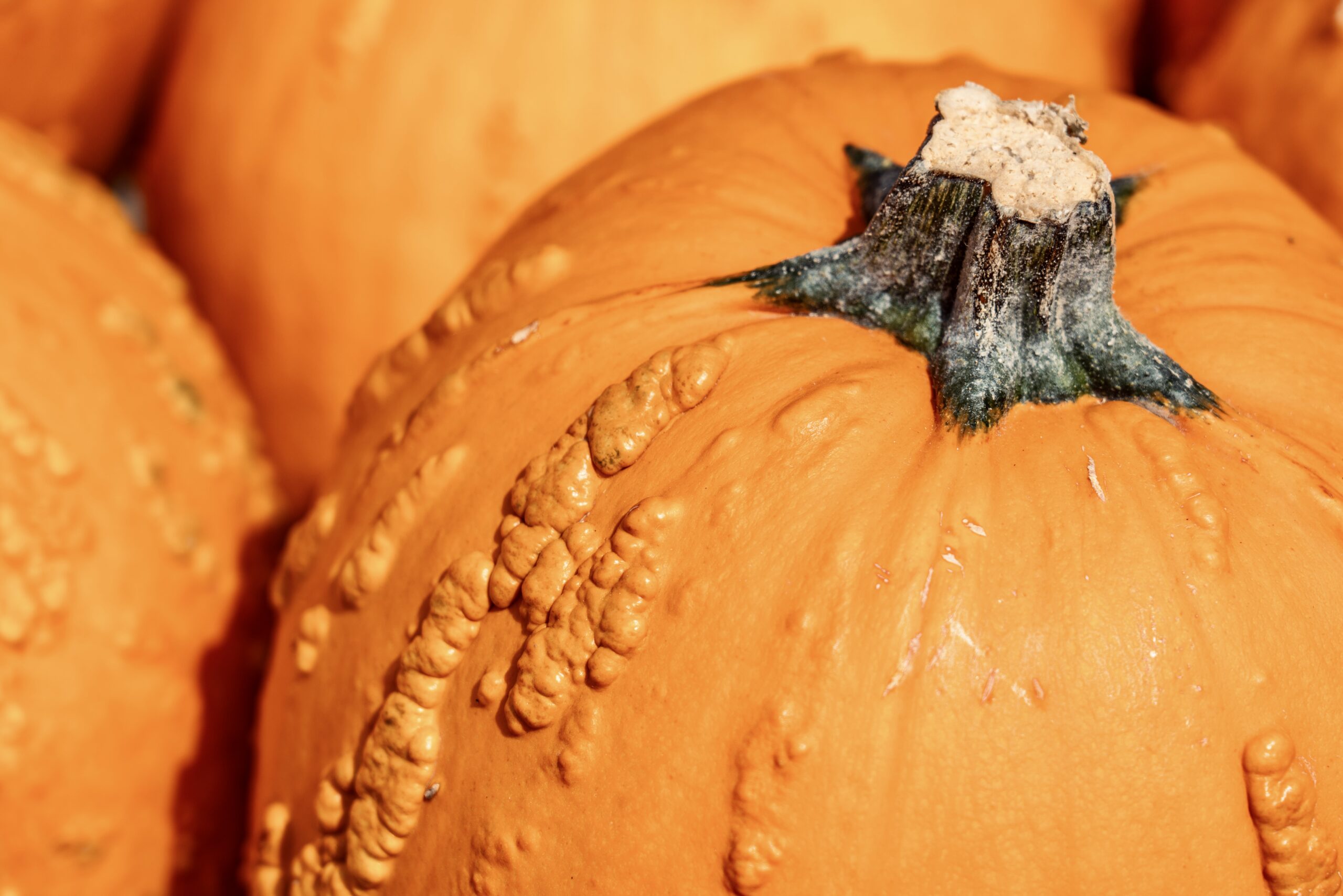Looking to upgrade your cookware but not sure which non-stick surface is the best? You’re not alone! Many consumers have questions about the safest types of cookware and the best quality options available. In this article, we’ll answer the burning question: what is the best non-stick surface for cookware? From Teflon to ceramic, we’ll explore the pros and cons of each option, helping you make an informed decision for your kitchen. So, let’s dive in and find the perfect non-stick surface for your cooking needs!

This image is property of images.pexels.com.
Types of Non-Stick Surfaces
Non-stick surfaces are a game-changer when it comes to cooking and cleaning up afterwards. They make your life in the kitchen so much easier and more enjoyable. But with all the different types of non-stick surfaces available, it can be overwhelming to choose the right one for your cookware. In this article, we will break down the pros and cons of the four most popular types of non-stick surfaces: Teflon, ceramic, hard-anodized aluminum, and cast iron. By the end, you’ll have a better understanding of which one suits your needs and preferences.
Pros and Cons of Teflon Coating
Advantages
Teflon, also known as polytetrafluoroethylene (PTFE), has long been one of the most popular non-stick coatings in the market. Its smooth and slippery surface prevents food from sticking, making cooking and cleaning a breeze. Teflon-coated cookware is also lightweight, which makes it easier to handle and maneuver in the kitchen. Moreover, Teflon is highly resistant to scratches and abrasions, ensuring the longevity of your cookware. Lastly, Teflon is an excellent heat conductor, allowing for even heating and preventing hot spots.
Disadvantages
One of the main concerns surrounding Teflon is its potential health risks. When overheated, Teflon can release toxic fumes that are harmful to humans and pets. It is crucial to use Teflon-coated cookware within its recommended temperature range to avoid this issue. Additionally, Teflon coating is not as durable as some other options, and it tends to wear off over time, requiring frequent replacement.
Pros and Cons of Ceramic Coating
Advantages
Ceramic coatings have gained significant popularity in recent years, thanks to their eco-friendly and non-toxic nature. Unlike Teflon, ceramic coatings are free from harmful chemicals like PTFE and PFOA. They provide a natural non-stick surface that is resistant to scratches and abrasions. Ceramic-coated cookware is also known for its excellent heat distribution and retention, ensuring that your food is cooked evenly. Additionally, ceramic coatings are highly resistant to high temperatures, allowing for versatile cooking options.
Disadvantages
Although ceramic coatings are generally durable, they can be prone to chipping and peeling if mistreated or exposed to extreme heat. It is important to handle ceramic-coated cookware with care and avoid using metal utensils that could scratch the surface. Additionally, some ceramic coatings may require extra maintenance, such as seasoning or oiling, to maintain their non-stick properties.
Pros and Cons of Hard-Anodized Aluminum Coating
Advantages
Hard-anodized aluminum coatings offer the durability and toughness of aluminum with the added benefit of a non-stick surface. Cookware with this coating is resistant to scratches and abrasions, providing a long-lasting non-stick experience. Hard-anodized aluminum also boasts excellent heat distribution, ensuring that your food cooks evenly. Another advantage of this coating is its lightweight nature, making it easy to handle in the kitchen. Additionally, hard-anodized aluminum cookware is typically compatible with various stovetop types, including induction.
Disadvantages
One of the drawbacks of hard-anodized aluminum coatings is that they are not naturally non-stick. To achieve the non-stick properties, these coatings are often reinforced with a layer of PTFE or ceramic. While this provides an excellent non-stick experience, it also means that the coating can wear off over time, requiring replacement. Additionally, some cheaper hard-anodized aluminum cookware may have inconsistent heat distribution, resulting in hot spots.

This image is property of images.pexels.com.
Pros and Cons of Cast Iron Coating
Advantages
Cast iron is renowned for its durability and ability to retain heat, making it a favorite among many chefs and home cooks. When seasoned properly, cast iron develops a natural non-stick surface that only improves with time and use. This makes it ideal for searing, frying, and baking. Cast iron cookware is also incredibly versatile as it can be used on various heat sources, including stovetops, ovens, and even open flames. Furthermore, cast iron is a great option for those looking for an eco-friendly and chemical-free non-stick surface.
Disadvantages
Despite its numerous advantages, cast iron cookware does come with a few downsides. Firstly, cast iron is relatively heavy and can be cumbersome to handle, especially for individuals with limited strength or mobility. Additionally, cast iron requires regular maintenance in the form of seasoning and proper cleaning to maintain its non-stick properties and prevent rust. Lastly, cast iron cookware may take longer to heat up and cool down compared to other materials, which can be a drawback for those looking for quick cooking times.
Durability and Longevity
When investing in cookware, durability and longevity are important factors to consider. Let’s compare the durability and longevity of each non-stick surface across different categories.
Teflon vs. Ceramic
In terms of durability, ceramic coatings tend to outshine Teflon coatings. Ceramic coatings are generally more resistant to scratches and abrasions, making them more long-lasting. However, Teflon coatings can still last for a reasonable amount of time if used and cared for correctly.
Teflon vs. Hard-Anodized Aluminum
Hard-anodized aluminum coatings are typically more durable compared to Teflon coatings. The hard-anodized layer adds strength and resilience to the aluminum cookware, making it more resistant to wear and tear.
Teflon vs. Cast Iron
When it comes to durability and longevity, cast iron cookware is unbeatable. With proper care and maintenance, cast iron cookware can last for generations and become heirloom pieces in your kitchen.
Ceramic vs. Hard-Anodized Aluminum
Ceramic and hard-anodized aluminum coatings are relatively similar in terms of durability. Both coatings can withstand scratches and abrasions to a certain extent, keeping your cookware in good shape for an extended period.
Ceramic vs. Cast Iron
Cast iron cookware is known for its exceptional durability, surpassing ceramic coatings in this category. Ceramic coatings, while durable, are more susceptible to chipping and peeling if not handled with care.
Hard-Anodized Aluminum vs. Cast Iron
In terms of durability, both hard-anodized aluminum and cast iron coatings offer excellent longevity. Hard-anodized aluminum cookware is resistant to scratches, while well-maintained cast iron cookware can last for generations.

This image is property of images.pexels.com.
Non-Stick Performance
When it comes to non-stick performance, all four types of coatings have their strengths and weaknesses. Let’s take a closer look at each.
Teflon
Teflon coatings have a renowned reputation for their superior non-stick performance. Food effortlessly glides off its smooth surface, making cooking and cleaning a breeze. However, Teflon coatings can wear off over time, reducing their non-stick capabilities.
Ceramic
Ceramic coatings provide a natural and chemical-free non-stick surface. They offer excellent release properties, preventing food from sticking. However, some ceramic coatings may require the occasional use of oil or seasoning to maintain their non-stick qualities.
Hard-Anodized Aluminum
Hard-anodized aluminum coatings, when reinforced with a layer of PTFE or ceramic, offer excellent non-stick properties. Food easily releases from the surface, allowing for effortless cooking and cleanup. However, it is important to note that the longevity of the non-stick properties can vary depending on the quality of the coating.
Cast Iron
When seasoned properly, cast iron develops a remarkably effective non-stick surface. As the seasoning layer builds and strengthens over time, food sticks less, making cast iron a favorite for searing and frying. However, cast iron may require more initial seasoning and occasional maintenance to maintain its non-stick qualities.
Heat Distribution and Retention
Efficient heat distribution and retention are essential for achieving evenly cooked meals. Let’s see how each non-stick surface fares in this category.
Teflon
Teflon coatings are excellent heat conductors, ensuring even heat distribution across the cooking surface. They also have a relatively low heat retention, meaning the cookware cools down quickly once removed from the heat source.
Ceramic
Ceramic coatings excel in both heat distribution and retention. They evenly distribute heat throughout the cookware, resulting in consistent and well-cooked meals. Additionally, ceramic coatings tend to have a good heat retention, allowing your food to stay warm for longer.
Hard-Anodized Aluminum
Hard-anodized aluminum coatings, when combined with proper construction, offer outstanding heat distribution. They eliminate hot spots, ensuring that your food cooks evenly. In terms of heat retention, hard-anodized aluminum cookware retains heat reasonably well, allowing for better control over cooking temperatures.
Cast Iron
Cast iron is renowned for its exceptional heat retention abilities. It heats up slowly but evenly, storing heat and distributing it evenly throughout the entire cookware. This makes cast iron ideal for dishes that require slow, steady cooking, such as stews and braises.
Versatility and Compatibility
It’s important to consider the versatility and compatibility of the non-stick surface with your cooking needs and kitchen equipment.
Teflon
Teflon-coated cookware is known for its versatility. It is compatible with various heat sources, including gas, electric, and ceramic stovetops. However, it is not recommended to use Teflon-coated cookware on high-heat settings or under broilers.
Ceramic
Ceramic-coated cookware is generally compatible with most heat sources, including gas, electric, ceramic, and even induction cooktops. This versatility allows you to use your ceramic-coated cookware across different kitchen setups.
Hard-Anodized Aluminum
Hard-anodized aluminum cookware is often compatible with a wide range of heat sources, including gas, electric, ceramic, and induction cooktops. Always check the manufacturer’s recommendations to ensure compatibility with your specific stovetop.
Cast Iron
Cast iron cookware is extremely versatile and can be used on various heat sources, including gas, electric, ceramic, induction, and even open flames such as campfires. Its compatibility with different cooking methods makes cast iron a reliable choice for any kitchen.
Health and Safety
The health and safety aspects of non-stick surfaces are crucial considerations in choosing the right cookware for your kitchen.
Teflon
Health concerns regarding Teflon arise from the potential release of toxic fumes when the coating is overheated. It is important to use Teflon-coated cookware within its recommended temperature range to avoid any potential health risks. When used correctly, Teflon coatings are generally safe for everyday cooking.
Ceramic
Ceramic coatings are generally regarded as safe and non-toxic, as they do not contain any harmful chemicals like PTFE and PFOA. However, it is essential to purchase ceramic cookware from reputable manufacturers that have undergone proper testing and certification processes to ensure their safety.
Hard-Anodized Aluminum
Hard-anodized aluminum coatings are considered safe for everyday use. However, some lower-quality cookware may have coatings that contain trace amounts of PTFE or PFOA. It is recommended to choose hard-anodized aluminum cookware from reputable brands that prioritize safety.
Cast Iron
Cast iron cookware is known for its safety and health benefits. When seasoned properly, cast iron develops a naturally non-stick surface without the need for any chemical coatings. It is free from harmful chemicals and releases small amounts of iron into the food, which can be beneficial for individuals with iron deficiencies.
In conclusion, each type of non-stick surface has its own set of advantages and disadvantages. Teflon provides excellent non-stick properties but requires care to avoid potential health risks. Ceramic coatings offer a natural and eco-friendly non-stick option, but may require extra maintenance. Hard-anodized aluminum coatings combine durability, non-stick performance, and versatility. Cast iron coatings provide exceptional durability and non-stick capabilities, but can be heavy and require regular maintenance. Consider your preferences, cooking needs, and safety concerns to determine the best non-stick surface for your cookware.

